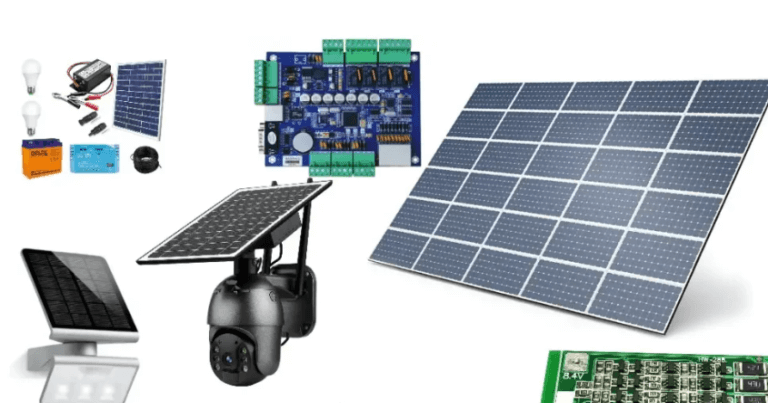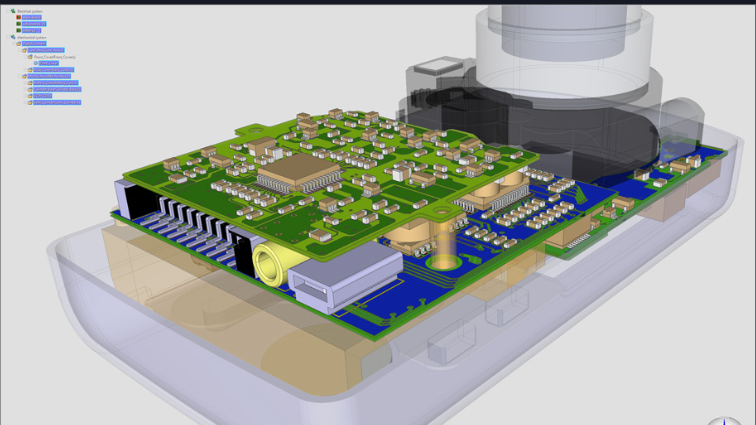Flex pcb weight
Understanding Flex PCB Weight: Key Factors and Considerations
In the realm of modern electronics, the demand for compact, lightweight, and flexible components has led to the increasing adoption of flexible printed circuit boards (PCBs). Understanding the weight of flex PCBs is crucial for engineers and designers who aim to optimize the performance and efficiency of electronic devices.
The weight of a flex PCB is influenced by several key factors, each of which plays a significant role in determining the overall characteristics and suitability of the board for specific applications.
To begin with, the materials used in the construction of flex PCBs are a primary determinant of their weight.
Typically, these boards are made from a combination of polyimide films and copper foils. Polyimide is favored for its excellent thermal stability and flexibility, while copper provides the necessary electrical conductivity. The thickness of these materials directly impacts the weight of the PCB. Thinner layers result in lighter boards, which are often preferred in applications where weight is a critical consideration, such as in aerospace and portable consumer electronics.
Moreover, the design and layout of the flex PCB also contribute to its weight.
The complexity of the circuit, including the number of layers and the density of the traces, can affect the overall mass. Multi-layered designs, while offering enhanced functionality and connectivity, tend to be heavier due to the additional material required. Conversely, single-layer designs are lighter but may not provide the same level of performance. Therefore, designers must strike a balance between functionality and weight, taking into account the specific requirements of the application.
In addition to material and design considerations, the manufacturing process can also influence the weight of a flex PCB.
Techniques such as etching and plating are used to create the desired circuit patterns and protective coatings. The precision and efficiency of these processes can affect the amount of material used and, consequently, the weight of the final product. Advanced manufacturing technologies that minimize material waste and optimize layer thickness can lead to lighter and more efficient flex PCBs.
Furthermore, the intended application of the flex PCB often dictates the acceptable weight range.
In industries such as automotive and aerospace, where weight reduction is paramount for fuel efficiency and performance, every gram counts. In these cases, engineers may prioritize lightweight materials and streamlined designs to meet stringent weight requirements. On the other hand, in applications where weight is less of a concern, such as in stationary industrial equipment, other factors like durability and cost may take precedence.
It is also important to consider the impact of environmental factors on the weight of flex PCBs.
Exposure to moisture, temperature fluctuations, and mechanical stress can lead to changes in the material properties, potentially affecting the weight and performance of the board over time. Therefore, selecting materials with high resistance to environmental stressors is essential for maintaining the integrity and weight stability of the PCB throughout its lifecycle.
In conclusion, understanding the weight of flex PCBs involves a comprehensive analysis of materials, design, manufacturing processes, and application-specific requirements. By carefully considering these factors, engineers and designers can develop flex PCBs that not only meet the functional demands of modern electronic devices but also adhere to weight constraints, thereby enhancing the overall efficiency and performance of the end product. As technology continues to advance, the pursuit of lighter, more efficient flex PCBs will remain a critical focus in the electronics industry.
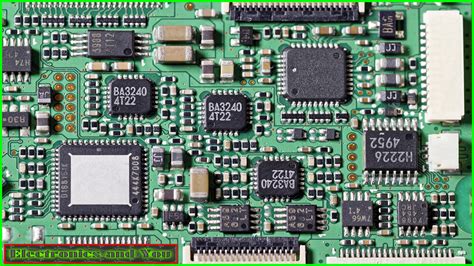
How Flex PCB Weight Impacts Device Performance and Design
In the realm of modern electronics, the weight of components plays a crucial role in determining the overall performance and design of devices. Among these components, flexible printed circuit boards (PCBs) have emerged as a pivotal element, particularly in applications where space and weight are at a premium. Understanding how the weight of flex PCBs impacts device performance and design is essential for engineers and designers striving to optimize their products.
To begin with, the weight of a flex PCB is influenced by several factors, including the materials used, the thickness of the layers, and the overall size of the board.
Typically, flex PCBs are constructed using lightweight materials such as polyimide or polyester, which contribute to their reduced weight compared to traditional rigid PCBs. This lightweight nature is particularly advantageous in applications such as aerospace, medical devices, and consumer electronics, where minimizing weight is critical for enhancing device efficiency and user experience.
Moreover, the reduced weight of flex PCBs can significantly impact the performance of a device.
For instance, in portable electronics like smartphones and wearable devices, a lighter PCB contributes to a lighter overall device, which is more comfortable for users to carry and use. Additionally, in aerospace applications, where every gram counts, the use of lightweight flex PCBs can lead to substantial fuel savings and improved flight performance. Thus, the weight of the PCB is not merely a design consideration but a factor that can directly influence the functionality and efficiency of the final product.
Furthermore, the weight of flex PCBs also affects the design flexibility of electronic devices.
The inherent flexibility of these PCBs allows them to be bent, folded, or twisted to fit into unconventional spaces, which is a significant advantage in compact and intricate designs. This flexibility, combined with their lightweight nature, enables designers to create more innovative and ergonomic products without being constrained by the limitations of heavier, rigid boards. Consequently, the ability to reduce weight while maintaining design flexibility opens up new possibilities for product innovation and differentiation in a competitive market.
In addition to performance and design considerations, the weight of flex PCBs can also influence the manufacturing process and cost.
Lighter PCBs often require less material, which can lead to cost savings in large-scale production. However, it is important to balance weight reduction with the need for durability and reliability, as overly thin or lightweight PCBs may be more susceptible to damage during handling and operation. Therefore, careful consideration of material selection and design specifications is essential to ensure that the benefits of reduced weight do not come at the expense of product quality and longevity.
In conclusion, the weight of flex PCBs is a critical factor that impacts device performance, design flexibility, and manufacturing efficiency. By leveraging the advantages of lightweight materials and innovative design techniques, engineers and designers can create electronic devices that are not only more efficient and user-friendly but also more competitive in the marketplace. As technology continues to advance, the importance of optimizing flex PCB weight will only grow, underscoring the need for ongoing research and development in this dynamic field.
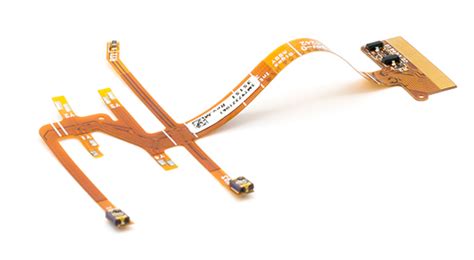
Innovations in Reducing Flex PCB Weight for Modern Electronics
In the rapidly evolving landscape of modern electronics, the demand for lightweight and compact devices has never been more pronounced. As consumer expectations continue to rise, manufacturers are compelled to innovate and refine their designs to meet these demands.
One area that has seen significant advancements is the development of flexible printed circuit boards (PCBs), which are integral to the functionality and form factor of contemporary electronic devices. The weight of these flex PCBs is a critical factor, influencing not only the overall weight of the device but also its performance and efficiency.
To begin with, the reduction of flex PCB weight is primarily driven by the need for portability and ease of use in consumer electronics such as smartphones, tablets, and wearable devices.
These devices require components that are not only lightweight but also durable and reliable. Consequently, manufacturers have been exploring various materials and design techniques to achieve these objectives. One such innovation is the use of advanced composite materials that offer a high strength-to-weight ratio. These materials, often incorporating polymers and other lightweight elements, provide the necessary structural integrity while significantly reducing the overall weight of the PCB.
Moreover, the miniaturization of electronic components has played a pivotal role in reducing the weight of flex PCBs.
As components become smaller and more efficient, the amount of material required for the PCB decreases, leading to a lighter end product. This miniaturization is made possible through advancements in semiconductor technology, which allow for the integration of more functions into smaller chips. As a result, the overall footprint of the PCB is reduced, contributing to a decrease in weight.
In addition to material innovations and component miniaturization, the design and manufacturing processes of flex PCBs have also evolved.
Techniques such as laser drilling and precision etching enable the creation of intricate circuit patterns with minimal material waste. These processes not only enhance the performance of the PCB but also contribute to weight reduction by optimizing the use of materials. Furthermore, the adoption of multilayer designs allows for the integration of more circuits within a smaller area, thereby reducing the need for additional layers and materials.
Another significant factor in reducing flex PCB weight is the shift towards environmentally friendly manufacturing practices.
By utilizing sustainable materials and processes, manufacturers can produce lighter PCBs that are not only efficient but also have a reduced environmental impact. This approach aligns with the growing emphasis on sustainability within the electronics industry, where reducing material usage and waste is becoming increasingly important.
In conclusion, the innovations in reducing flex PCB weight are a testament to the relentless pursuit of efficiency and performance in modern electronics.
Through the use of advanced materials, component miniaturization, and refined manufacturing techniques, manufacturers are able to produce lighter and more efficient PCBs that meet the demands of today’s consumers. As technology continues to advance, it is likely that further innovations will emerge, driving even greater reductions in weight and enhancing the capabilities of electronic devices. This ongoing evolution underscores the importance of continued research and development in the field of flexible PCBs, as they remain a cornerstone of modern electronic design.
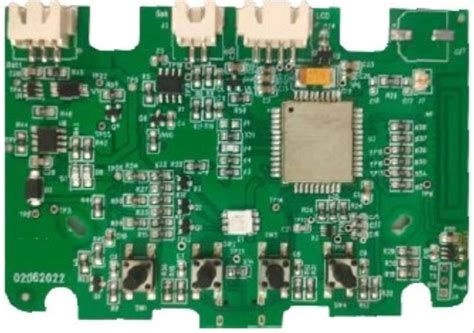
Comparing Flex PCB Weight Across Different Applications and Industries
In the realm of modern electronics, the weight of components plays a crucial role in determining the overall efficiency and functionality of devices. Among these components, flexible printed circuit boards (PCBs) have emerged as a pivotal element, particularly in applications where weight and space are at a premium. As industries continue to innovate and push the boundaries of technology, understanding the weight implications of flex PCBs across various applications becomes increasingly important.
Flexible PCBs, known for their adaptability and lightweight nature, are utilized in a myriad of industries, each with unique requirements and constraints.
In the consumer electronics sector, for instance, the demand for compact and lightweight devices has driven the adoption of flex PCBs. Smartphones, tablets, and wearable technology benefit significantly from the reduced weight of these circuits, which contributes to the overall portability and user comfort. The lightweight nature of flex PCBs allows manufacturers to design sleeker devices without compromising on performance or durability.
Transitioning to the automotive industry, the weight of flex PCBs becomes a critical factor in enhancing fuel efficiency and reducing emissions.
As vehicles become more technologically advanced, the integration of electronic systems has increased, necessitating the use of lightweight components. Flex PCBs offer a solution by minimizing the weight of electronic assemblies, thereby contributing to the overall reduction in vehicle weight. This reduction not only improves fuel efficiency but also aligns with the industry’s shift towards more sustainable practices.
In the aerospace sector, the weight of every component is scrutinized to ensure optimal performance and safety.
Here, flex PCBs are indispensable due to their ability to withstand extreme conditions while maintaining a lightweight profile. The reduced weight of flex PCBs is particularly advantageous in aircraft and spacecraft, where every gram counts. By utilizing these lightweight circuits, aerospace engineers can achieve significant weight savings, which translates to improved fuel efficiency and payload capacity.
Moreover, the medical industry has also embraced the benefits of flex PCBs, particularly in the development of portable and implantable medical devices.
The lightweight and flexible nature of these circuits allows for the creation of devices that are not only comfortable for patients but also reliable in performance. In applications such as pacemakers and hearing aids, the reduced weight of flex PCBs is crucial in ensuring patient comfort and device efficacy.
Despite the advantages, it is essential to consider the trade-offs associated with the use of flex PCBs.
While they offer significant weight savings, the manufacturing process can be more complex and costly compared to traditional rigid PCBs. Additionally, the material properties of flex PCBs may impose limitations on their use in certain high-power applications. Therefore, it is imperative for engineers and designers to carefully evaluate the specific requirements of their applications to determine the suitability of flex PCBs.
In conclusion, the weight of flex PCBs is a defining characteristic that influences their adoption across various industries. From consumer electronics to aerospace, the lightweight nature of these circuits offers numerous advantages, including improved efficiency, portability, and sustainability. As technology continues to evolve, the role of flex PCBs in reducing weight and enhancing performance will undoubtedly become even more pronounced, driving further innovation and application in diverse fields.




